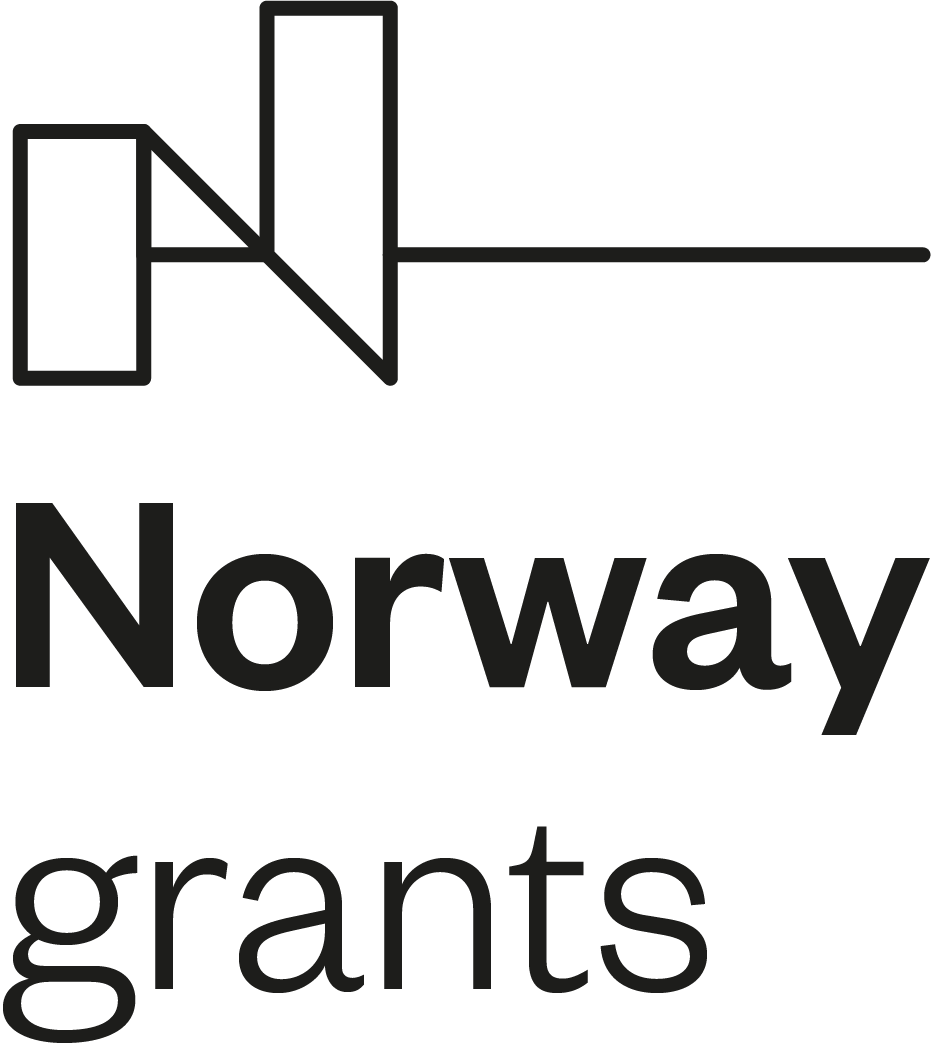Aleksander Chodźko
Anna Krasnowolska
(selected fragments from the article Aleksander Chodźko’s report on the Kurds of North and East Iran which will be published in the first number of our Journal)
Aleksander Chodźko (1804-1891) was a Polish romantic poet, Russian diplomat in Qajar Iran, professor of Slavic literatures in Collège de France and an outstanding orientalist. He has been known as one of the first scholars who wrote on Kurdish language. His « Études philologiques sur la langue kurde (dialecte de Soléimanié) » published in the Journal Asiatique No 4 (1857) are, in reality, an outline of Kurdish grammar, with some textual examples. As Chodźko explains in his introduction, he wrote this work in Paris, some fifteen years after his visits to Khorasan, Alamut, Hamadan, Garrus (south-west of Hamadan), Taxt-e Soleymān, Marāqe and the shores of the lake Šāhi, the regions inhabited or visited by different Kurdish tribes, where he had taken some notes of their dialects. Yet, he was able to make use of these notes only after many years, with a substantial help from a certain Ahmad-xān, native of Soleymāniye, who came to Paris, apparently as Turkish diplomat, in 1853 and stayed over the next year. In spite of some serious health problems while in Paris, Ahmad-xān agreed to cooperate with Chodźko in his work on Kurdish language, checked up his notes, dictated him a large amount of new material and explained him some grammatical peculiarities of his native language of which however, as Chodźko states, he had much less knowledge than he had of Persian and Turkish.
(…)
Chodźko supposes the Kurds to be native inhabitants of the lands of North Iraq and Anatolia, probably to be connected with the ancient civilizations of the region. On the other hand, while noticing grammatical similarities between the Kurdish and Persian, languages, he seems to be unaware of their common roots.(…) He notices the existence of dialectal differences within the Kurdish language. As for the dialect which is the object of his study, he decides to call it le dialecte de Soléimanié, (being probably the first to use this term), although he considers this designation merely a working term.
(…)
Chodźko spent over a decade in Iran, most importantly in the city of Rasht in Gilan, where he was Russian consul in the years 1830-41. From this place he made several trips to various destinations in the northern part of Iran, of which he collected many detailed and valuable observations. He published a part of his travel notes in form of articles and separate brochures, mainly in French, less frequently in Polish, although Polish was, apparently, the original language of his travelogues. In his reports from these travels, made in the thirties of the 19th century, Chodźko in several instances speaks of the Rishvand and some other Kurdish tribes, met by him in the north and the north-east of Iran, in the areas outside the Kurdistan proper. As we know today, their presence in that provinces of Iran has been a result of mass relocations of nomad tribes by the Safavid shah Abbās I (1581-1629), and maybe to less extent by his predecessors; further moves and resettlements of the tribes occurred under Nāder- šāh (1736-47) and during the tribal wars for power, which were going on in Iran throughout the 18th century.
(…)
Another travel in which Chodźko met Kurdish nomads, was his expedition in search for the Caspian Pyles of Alexander the Great, made on February 18-24, 1835, together with the British captain Rawlinson [Rawlinson also has left his travel notes from this expedition, but they were non-available to me]. Their itinerary led east from Teheran, through Rey and Varāmin, towards the borders of the Xorāsān province. When proceeding from Varāmin eastwards, alongside the southern outskirts of the Alborz mountains, Chodźko lists a dozen of nomad and semi-nomad tribes of different origins, camping in the plains around Eyvān-e Key, (some 6 farsakhs east from Varāmin) , among which he notes a thousand families described as “Kurds – a Persian tribe from Shiraz and Khorasan”, and an unknown number of “Pazeki – Turks from Khorasan, who are caring for the shah’s haras (stud)”.




